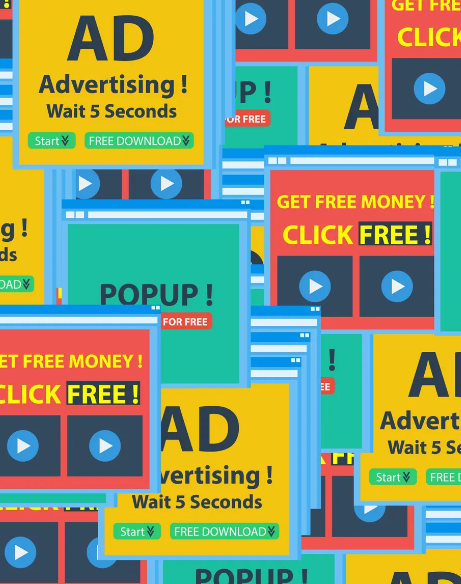The ads in today’s media negatively impact the happiness of consumers

According to Zippa, the average person sees between 4,000 and 10,000 ads each day. Although this seems exaggerated, it makes sense when you think about all the places you see ads in day-to-day life. There are ads on every other social media post, in between tv shows, on mobile games, websites, and more.
An extensive amount of ads aren’t always a good thing. Personally, ads ruin my experiences. Sometimes it is because they interrupt the movie I’m watching, or maybe one interferes with the game I was mindlessly playing.
Ads do have positives. First of all, some ads are entertaining. Ads for insurance companies tend to be the funniest and most entertaining. Ads can publicize and promote companies whether they are new or ongoing. They also widen our views of options for goods and services and aware us of issues in the community. Although there are good aspects of ads, there are still many negative effects.
Overall, they can make us gloomy. A study by the University of Warwick’s Andrew Oswald and his team showed that by comparing the number of average ads combined with employment and other factors, it turns out ads affect happiness negatively. Although there are many reasons for this, a large reason is because ads tend to make us feel inadequate.
Of course, ads are blatantly annoying. They take up time and are rarely interesting. Annoyance isn’t the only reason ads are bothersome. They generate many false ideas in our heads. One of these ideas mentioned by Oregon State is that happiness is grouped with consumerism. This represents the fact that ads make us feel obligated to buy things. Going off of that, they also make us think that everything is available to buy. This translates to us making money being the measure of success
Additionally, they can cause us to compare ourselves to others. With the amount of ads there are today, we are found comparing the things we have with the things that are being advertised—positively and negatively. This can range from solid objects like furniture to medical diseases to relationships.
They also are bad for children. One reason is that, of course, they’ll want more things such as toys, trips, and experiences. This then leads to that recurring concept that money is the source of happiness since that is how the ads present the things they’re advertising.
Ads will never go away because they truly are an effective way to promote things. But, there are ways to make them better for us so that they don’t have the effects such as making us unhappy and unsatisfied. Brands can do simple things such as not exaggerating needs for products, using the word sponsor in the ads to help the viewer see that it is actually sponsored by the producer, not exploiting emotions so that the consumer makes impulsive decisions, and other ways as well.
There is too much advertising in today’s society, and it leads to negative after-effects even though it is often overlooked.

Ellerie Knowles is a junior entering her third year on The Central Trend. She is on the FHCVDT and dances outside of school as well. In her free time,...

























































































